Category: gadfly
-
![The death of a travel diary…[3/50]](https://www.craigbellamy.net/images//2014-12-07-20.56.47.jpg)
The death of a travel diary…[3/50]
An everyday discipline that I have had for the past 27 years (ouch) is keeping a daily ”travel diary”. I started this arduous task way-back in 1988 during Australias bi-centenary year. This first diary was a Christmas gift from my sister, embellished with pictures of koalas, kangaroos, gum-nuts, and celebratory bi-centenary images of Governor Phillip…
-
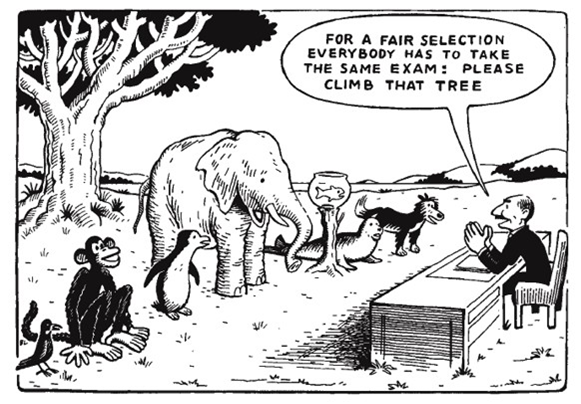
Science?
-
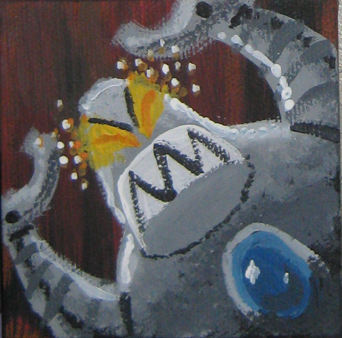
5 most important (computing) technologies for the humanities
-
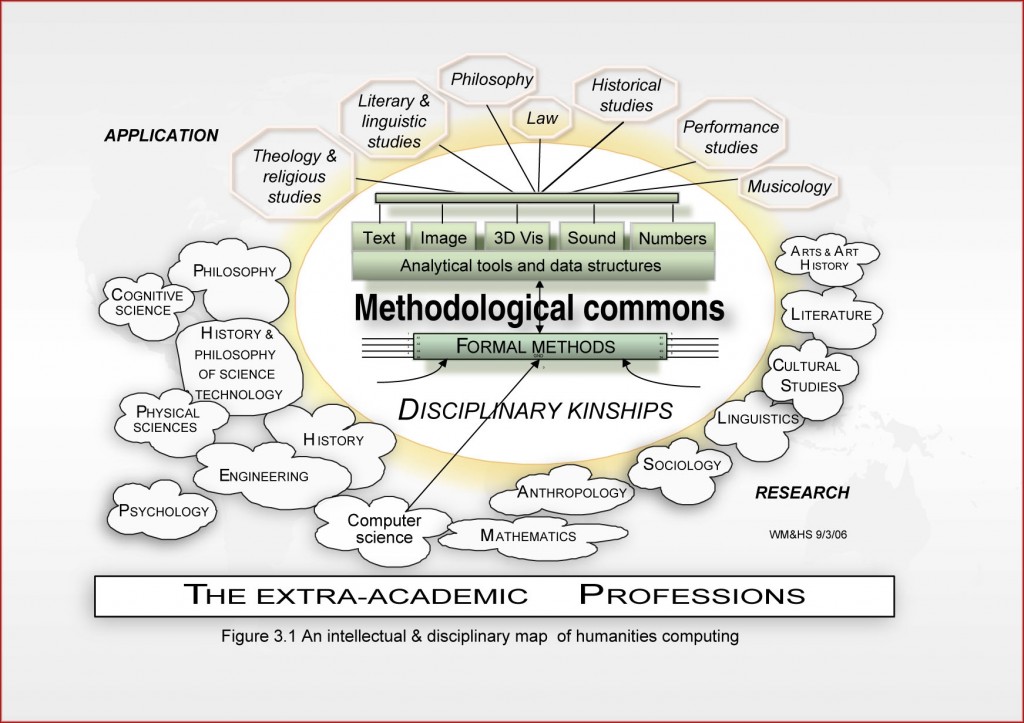
Digital humanities and the democracy of old school
This is my last post of the year (and many of you may sigh in relief). I will write about the debates about the DH as a field again and my shifting perspectives. Ideas such as the methodological commons and collaboration as justification for the area are exhausted concepts, and far from unique and special,…
-
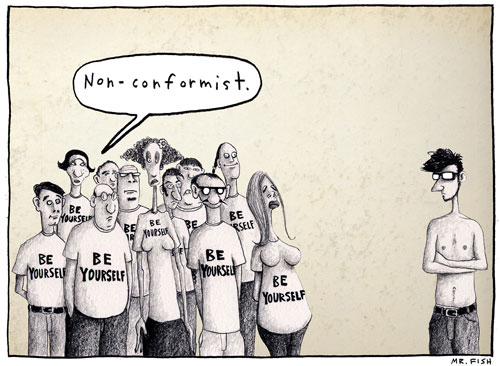
Is the digital humanities its ‘own thing’?
It wasn’t long ago that I argued (strongly) that the digital humanities is its own thing. There was so much work in ‘the field’ and so many unique and hard-won perspectives that this constitutes a field of practice. But as my views mature, I am much less precious about the DH and its place in…
-
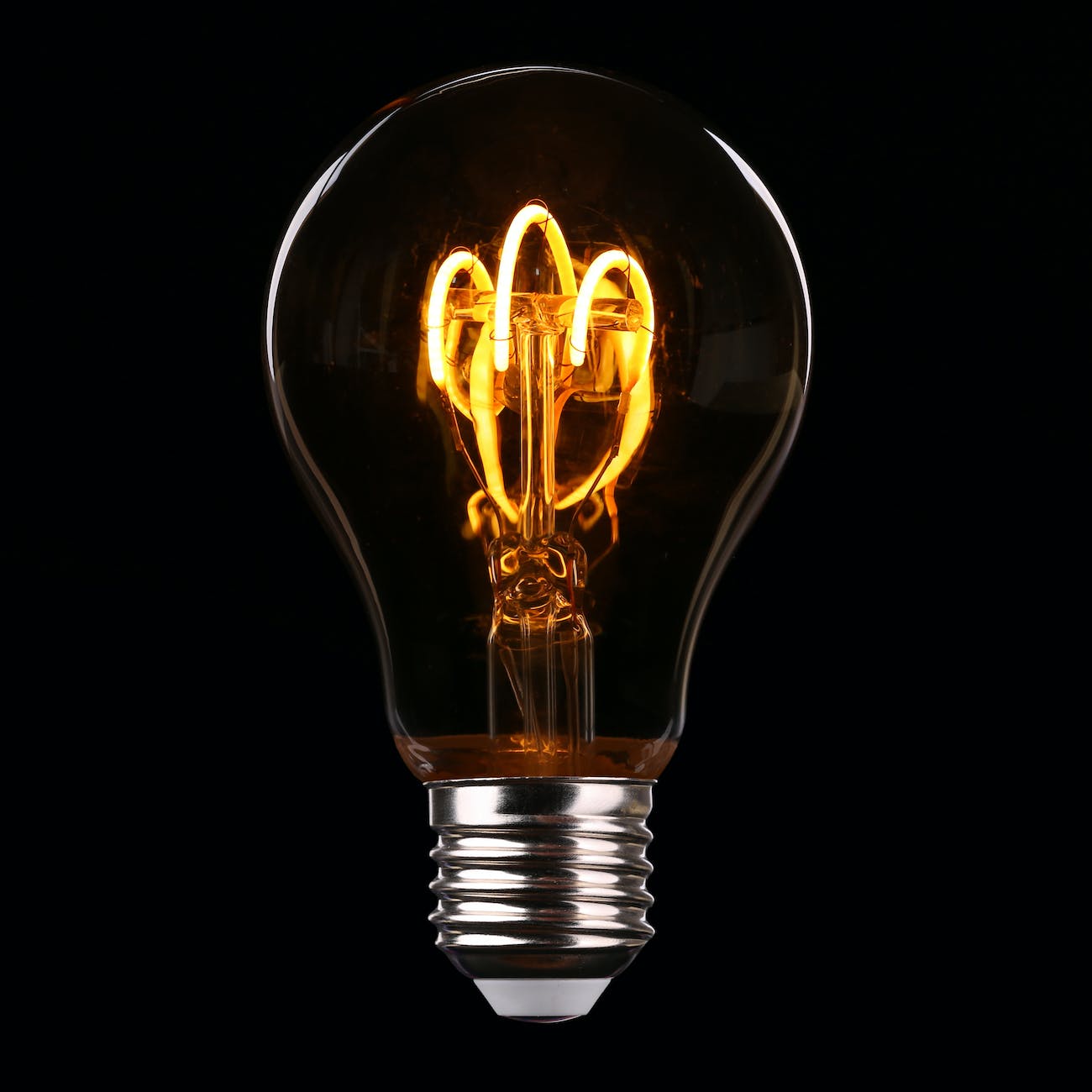
How many digital humanists does it take to change a light bulb?
Q. How many Digital Humanists does it take to change a lightbulb?A. Two: The first to change the lightbulb using the available, existing technology. The second is to say, You’re only DH if you make the lightbulb yourself! Q. How many Digital Humanists does it take to change a lightbulb?A. Yay! Lets Crowdsource! Q. How…
